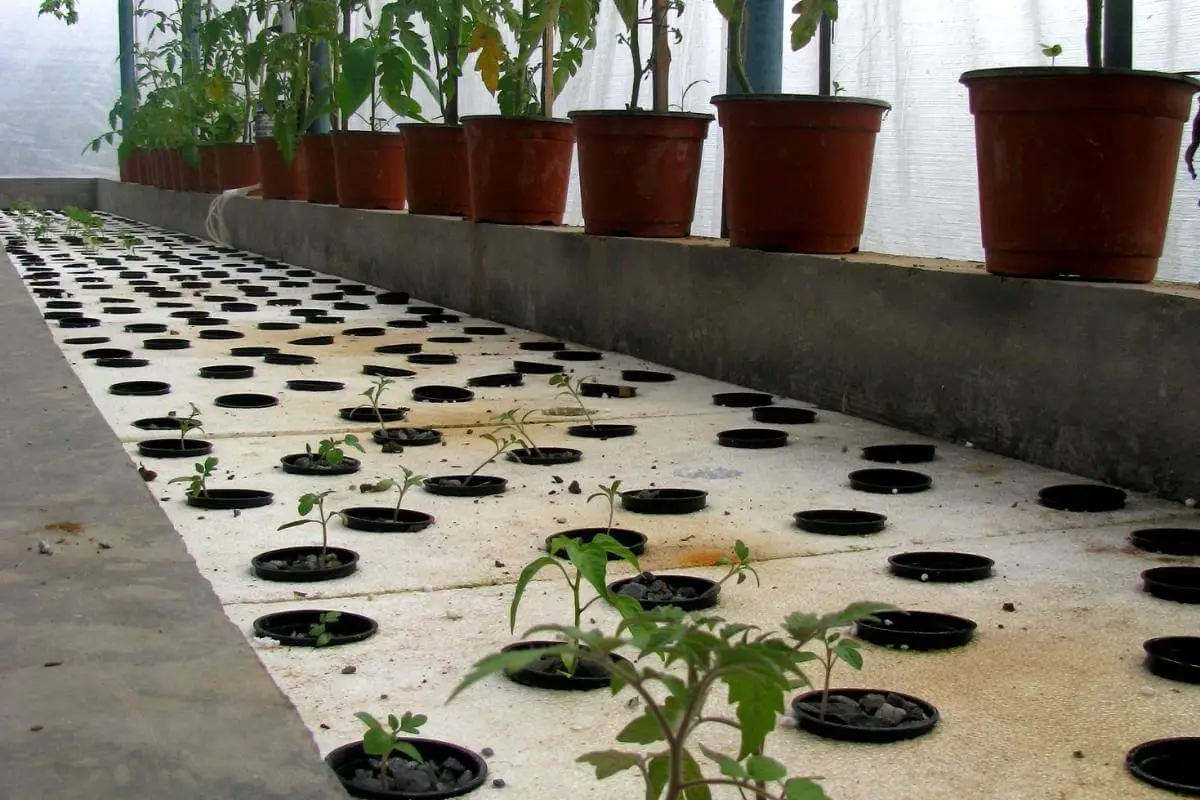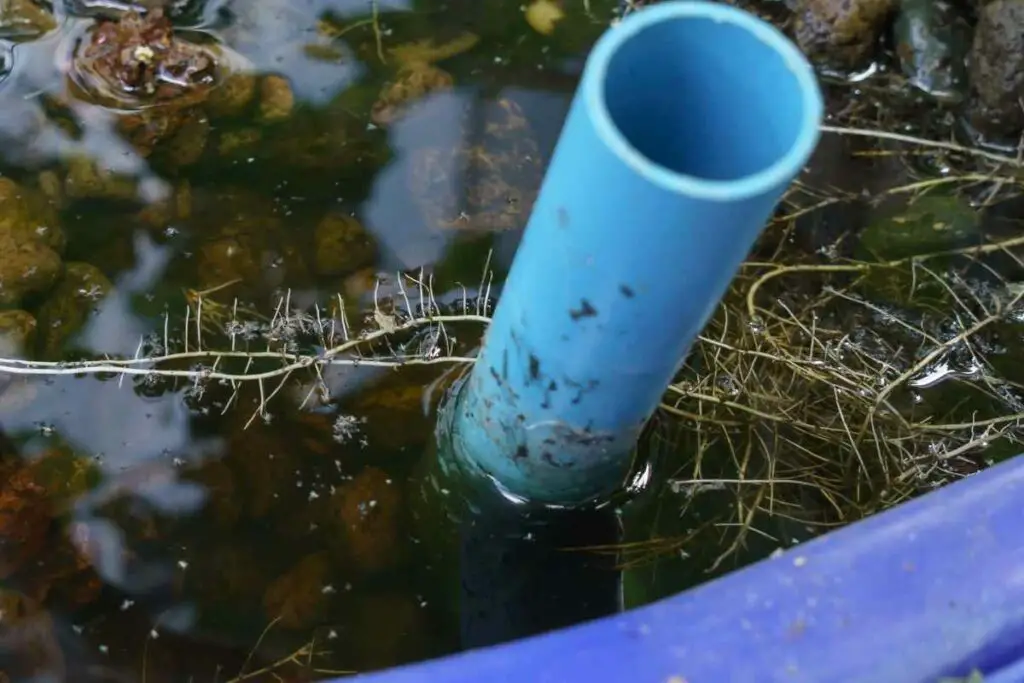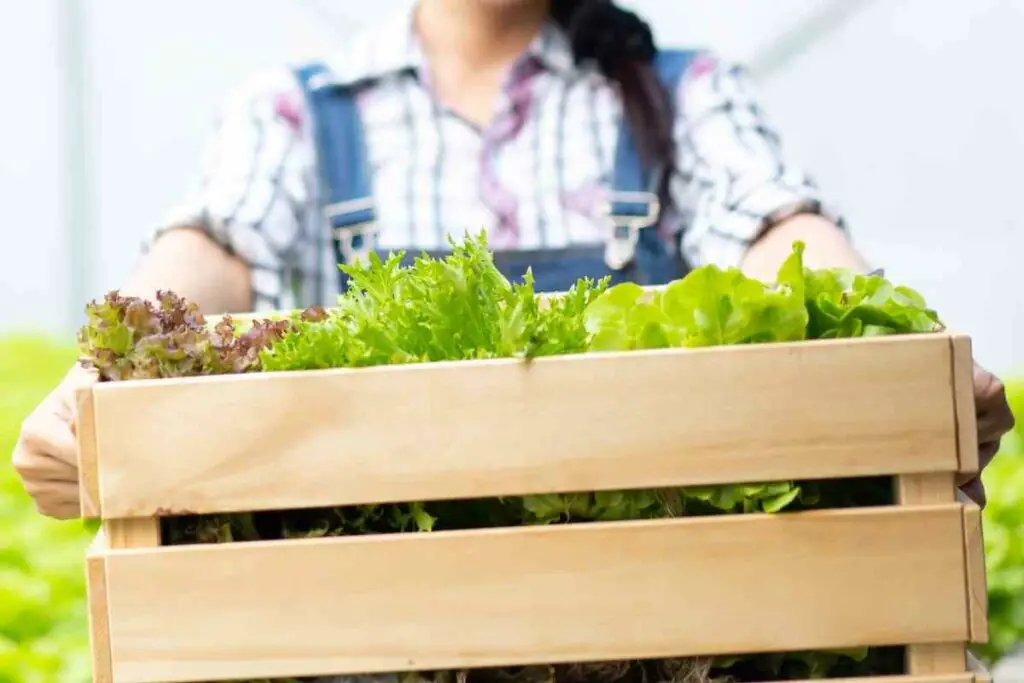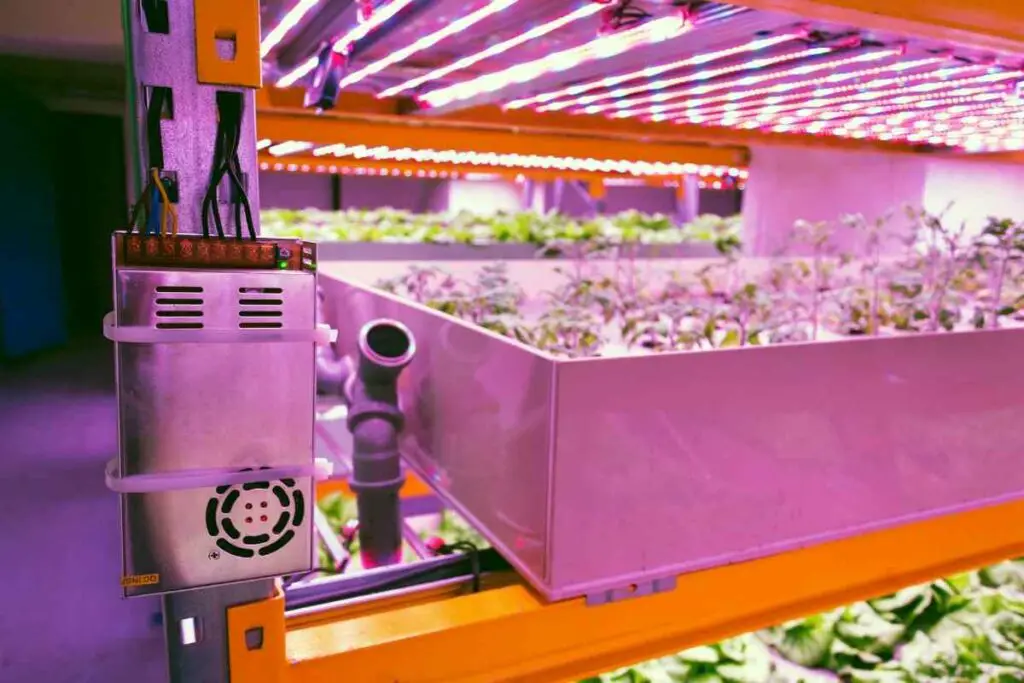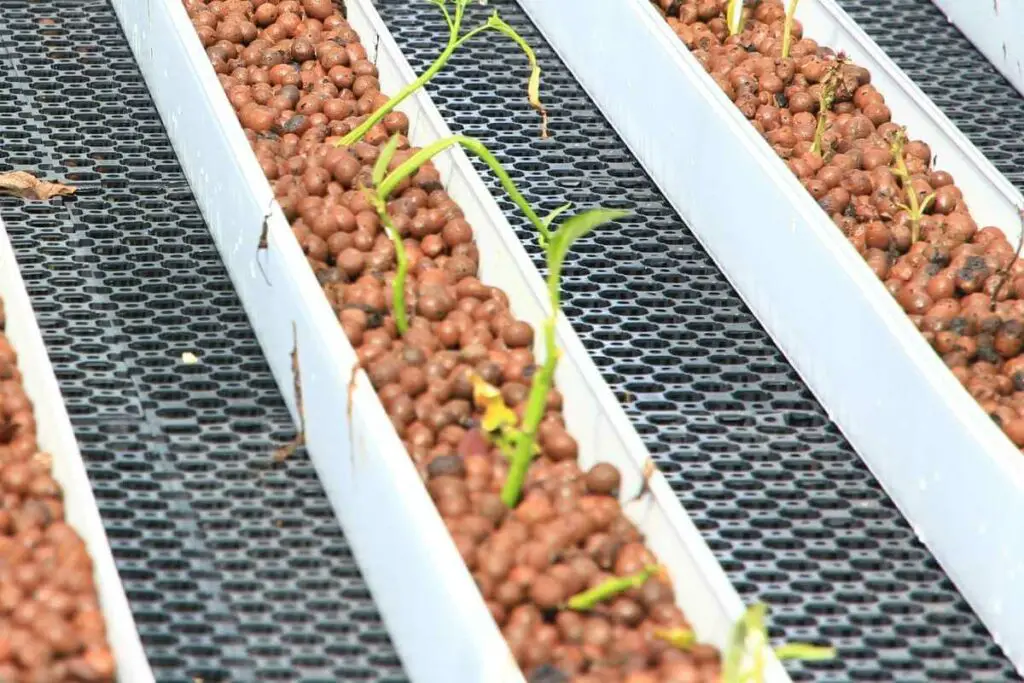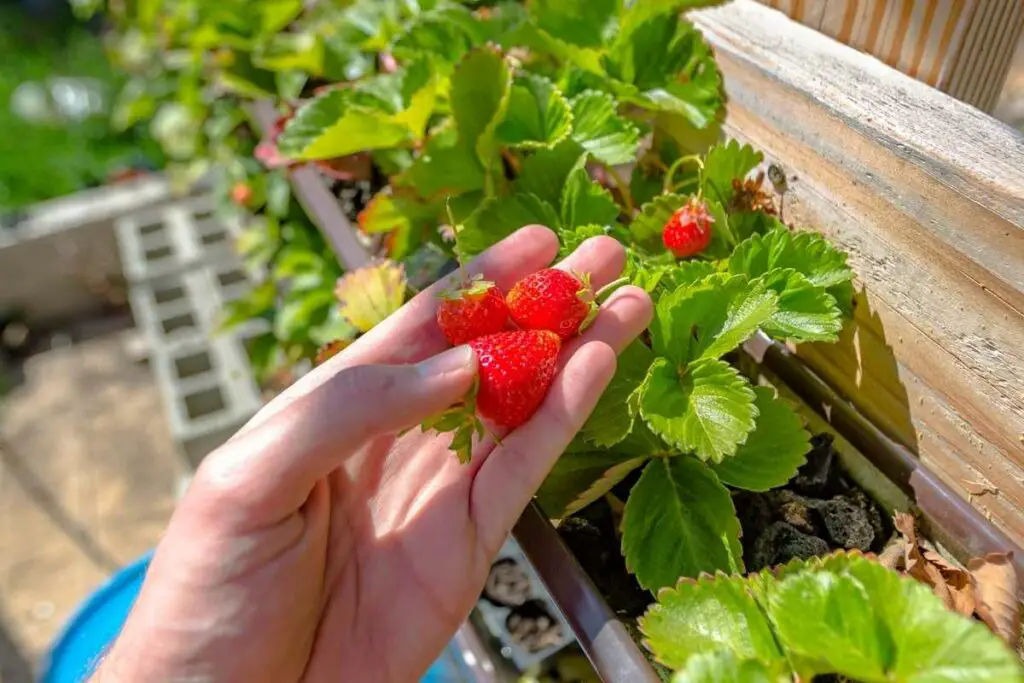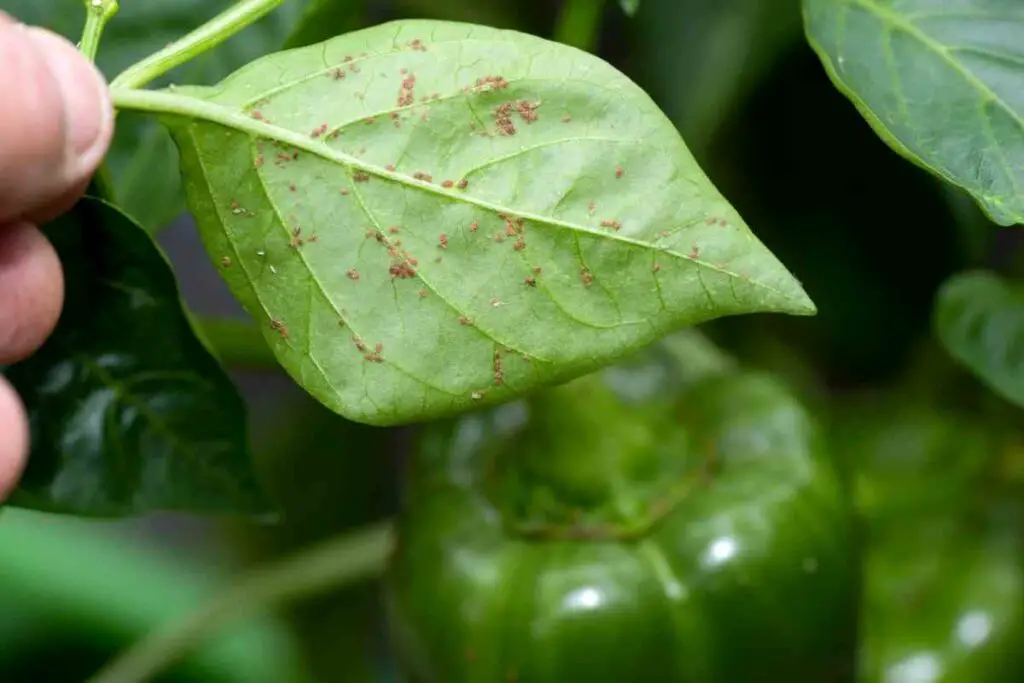An aquaponic presents a balanced and self-sustaining method to rear fish (aquaculture) and grow plants without soil (hydroponics).
It has been practiced for decades on a small scale by hobbyist farmers but has become more widespread and commercialized in the wake of increased food demand and technology.
This system is dependent on three organisms that benefit each other:
- The fish feed the plants through their nitrogenous waste
- The plants clean up the water for the fish to thrive
- the beneficial bacteria break down ammonia from fish waste to nitrites then nitrates, making the nutrients readily available for the plants.
In the meantime, the fish enjoy ammonia-free living conditions. It is worth noting that fish excrete ammonia which is toxic to them.
Have you decided to join the growing community of global aquaponics farmers?
What You Will Learn: Whether you want to do it for fun, get extra fresh vegetables in your backyard or make some money with the produce, this article will guide you on the best plants for small-scale aquaponics.
Factors to Consider When Choosing the Best Plants for Small Scale Aquaponics
The list of plants that do well in an aquaponics system is long, but the nutrients requirements and susceptibility to other conditions make the difference between which plant will do well in small systems or not.
Consider the following factors when selecting the best plants for a small scale aquaponics.
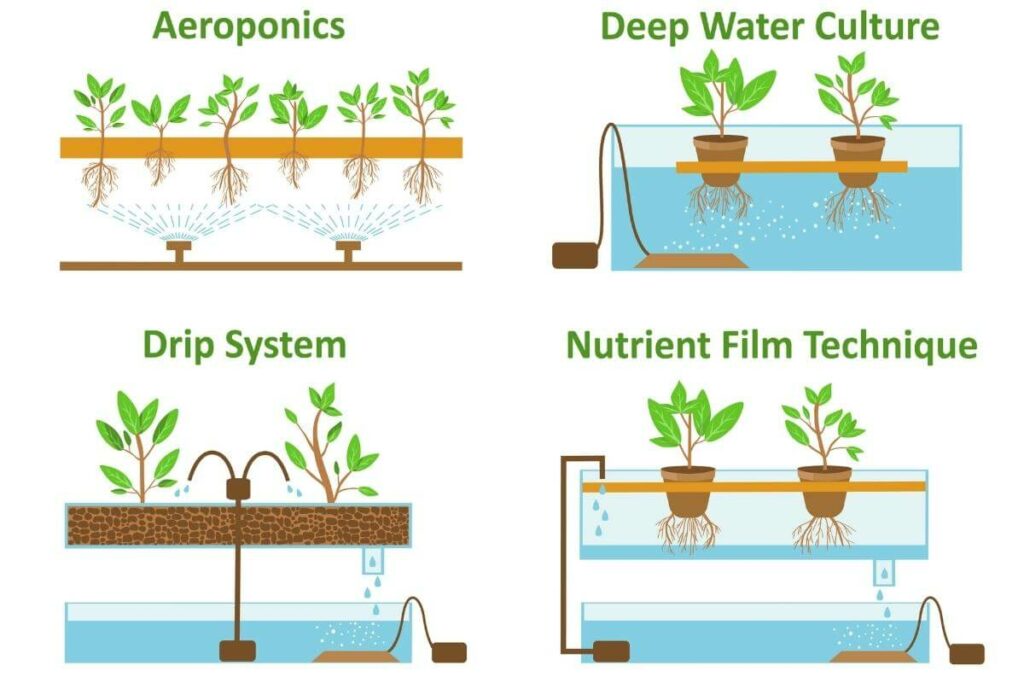
The Aquaponics Design
Different designs call for different types of plants.
One plant will do well in a nutrient film technique (NFT) system and not in a media bed.
Moreover, some plants cannot do well in a deep water culture system but flourish in a grow tower.
You need to select the plants that work well with your system.
Nutrient Demand
The nutrient demand in aquaponics systems varies from one plant to another.
Some plants are more nutrient-hungry than others and will suffer nutrient deficiency if they get an inadequate supply.
Others require low amounts of nutrients, and over-supply will result in too much waste in the water, which will stress your fish.
Decision To Make: Consider the number of fish you have and how many or which type of plants they can sustain in a balanced and flawless manner.
Environmental Conditions
Plants require varying optimum conditions to grow.
These conditions include the pH, water temperature, sunlight, and surrounding air temperature.
Choose plants that are suitable for the pH of your system.
For instance, peppers require several hours of sunlight and would do well only if your aquaponics is outdoors.
Your Space
Some plants are fast growers and multiply very fast.
Others like the strawberry require vast space to produce enough harvest.
Take the available space into account when choosing the plant you want to grow.
Your Preference
Small-scale aquaponics should be fun, including growing a plant you like and not just any plant that can grow in the system.
Just like a job you enjoy doing, growing a favourite plant will feel like a hobby, and you won’t get boredom or burnout when tending to the plants.
Your Call: If you are a herb person, go for plants like ginger, parsley, and mint. If you like colourful gardens, plant pansies, roses, marigolds, etc.
10 Best Plants for Small Scale Aquaponics
The best plants for small-scale aquaponics should be small vegetables and flowers that don’t need high amounts of nutrients.
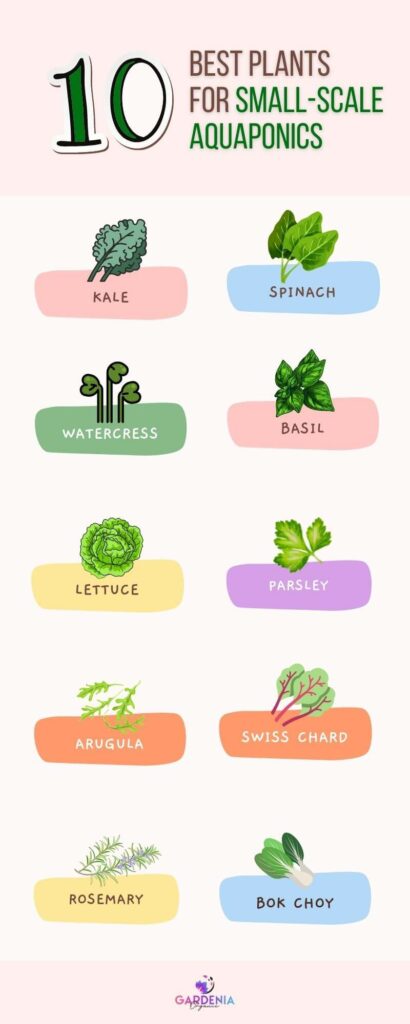
Here are the 10 best plants for small scale aquaponics:
- Kale
- Spinach
- Watercress
- Basil
- Lettuce
- Parsley
- Arugula
- Swiss chard
- Rosemary
- Bok Choy
Kale
Kale is a common vegetable that is a household delicacy.
It requires low nutrient levels and survives a pH range of between 6 and 7.5.
Moreover, kale does not have strict water temperature requirements because it can do well anywhere between 55 and 75 degrees Fahrenheit.
Five to six weeks after planting, you can start harvesting healthy and leafy kale to add to your recipe or sell at a local market.
Spinach
Spinach presents a favourite, low-nutrient plant to grow in small aquaponics, one of the most consumed vegetables in most households.
This leafy vegetable requires a pH range of 6.0 to 7.0. Its optimum water temperature is 45 to 75 degrees Fahrenheit.
Consider spinach especially for NFT aquaponics because its roots are shorts and thin, and you don’t have to worry about clogged pipes.
Watercress
Watercress is easy to grow and multiplies fast.
It is suitable for aquaponics novices starting small-scale aquaponics.
This plant can also be mixed with other leafy vegetables, but you should monitor its growth to prevent overshadowing the slow-growers.
Watercress grows satisfactorily at a pH of 6.5 to 7.5 and a temperature of between 50 and 60 degrees Fahrenheit.
Basil
Basil is an excellent choice if you are looking for a fast-growing and water-loving leafy vegetable for your small-scale aquaponics project.
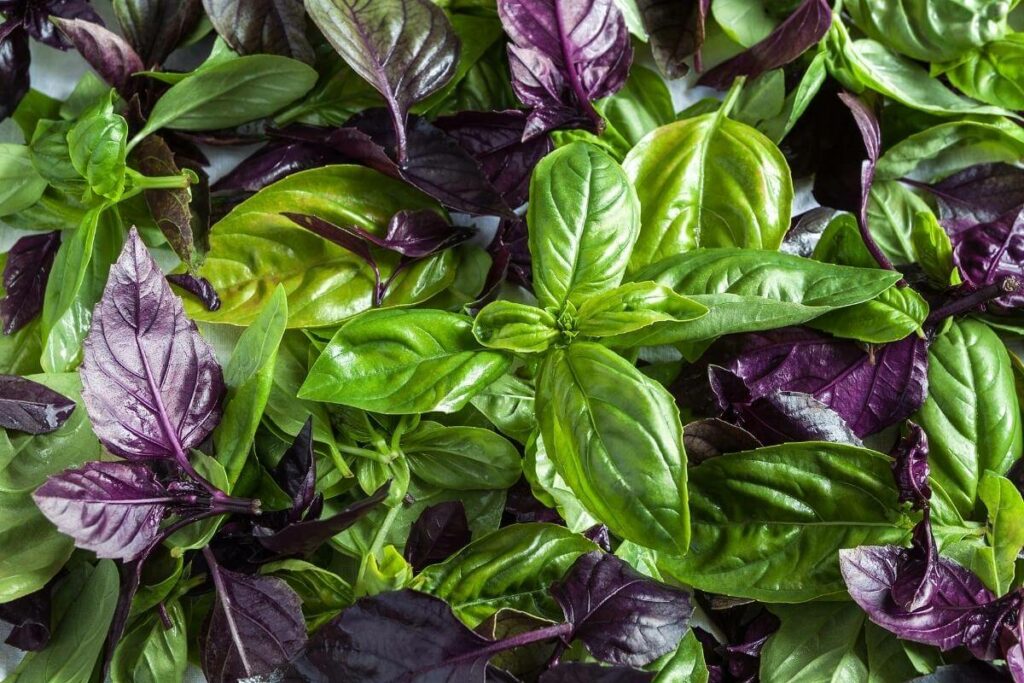
It germinates within a week and is ready for harvest in 3 to 4 weeks.
However, this plant thrives in warm temperatures, so you must maintain between 65 and 85 degrees Fahrenheit.
For the pH, the plant grows well in slightly acidic conditions of 5.5 to 6.5.
Lettuce
Lettuce is a leafy vegetable that requires fewer nutrients to grow.
It is one of the best aquaponics plants for small-scale farmers, given it does not require stringent growing conditions.
The plant thrives in temperatures between 60 to 70 degrees Fahrenheit and a pH range of 5.5 to 6.5.
Parsley
Parsley is a loved herb and a constituent of many home recipes.
It requires low nutrients to grow, making it a good candidate for beginners and small-scale aquaponics farmers.
The best temperature to grow parsley is between 60 and 80 degrees Fahrenheit, which does well in warm temperatures.
Parsley grows perfectly in almost neutral conditions of between 6 and 7 pH.
Arugula
This plant is best suited for slightly colder weather because it grows well between 45 and 65 degrees Fahrenheit.
It is leafy, green and resistant to pests and diseases.
If you want to grow Arugula in summer, provide a shade with a cover, allowing several hours of sunlight per day.
Arugula grows well under almost neutral conditions, between 6.0 and 7.0.
Swiss Chard
Swiss chard is a beginner-friendly plant that matures between four to five weeks.
It grows well in slightly acidic to neutral pH, making it a suitable choice for aquaponics.
It is also a good winter plant because it withstands frost.
However, the optimum temperature for its growth is between 60 and 75 degrees Fahrenheit.
Rosemary
Rosemary is a popular herb that does well in aquaponics systems.
It is water-loving, pest-resistant, and requires low amounts of nutrients, making it an excellent choice for small-scale aquaponics.
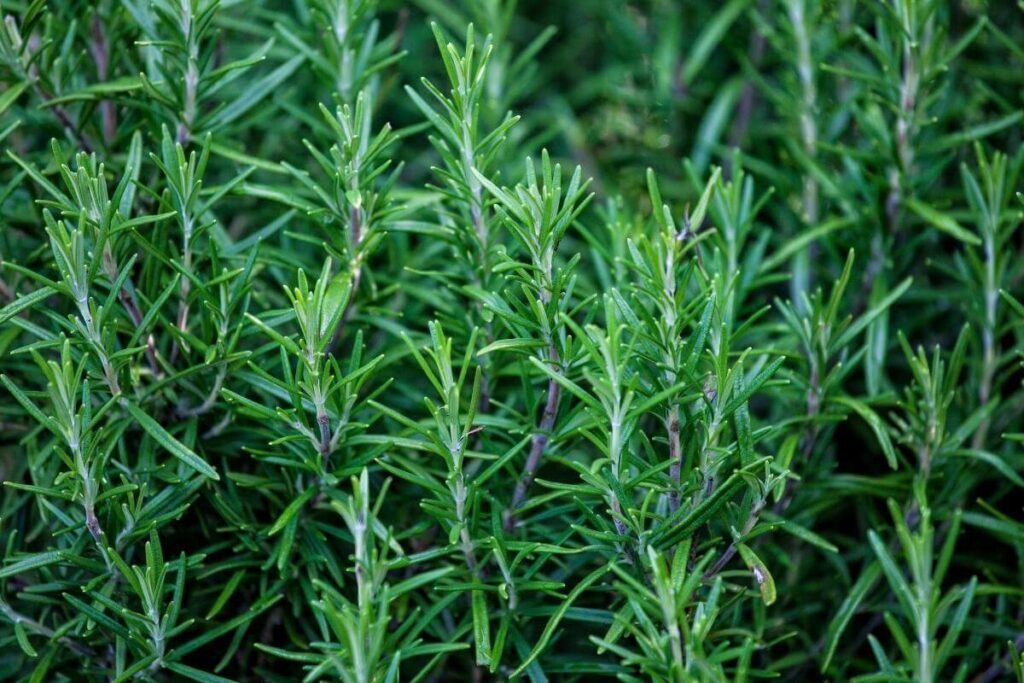
This herb grows well under almost neutral pH, between 6.0 and 7.0.
As for the temperatures, the optimum condition is around 70 degrees Fahrenheit.
Bok Choy
This Chinese vegetable is one of the most popular dishes due to its nutritional and medical benefits.
It works best for a small-scale deep water culture aquaponics system. It requires low amounts of nutrients; hence you can manage it with a small number of fish.
Bok Choy grows well under slightly acidic to neutral conditions, between 6.0 and 7.5.
This plant requires cold weather of about 30 degrees Fahrenheit.
Wrap Up
Aquaponics is an excellent self-sustaining system because it lets you rear fish and grow plants concurrently.
However, different sizes of aquaponics demand varying types of plants. Small-scale aquaponics have lesser amounts of nutrients than large-scale aquaponics.
For this reason, you need to choose plants with low nutrients requirements.
These include small leafy vegetables such as kale, spinach, watercress, basil, bok choy, and lettuce.
